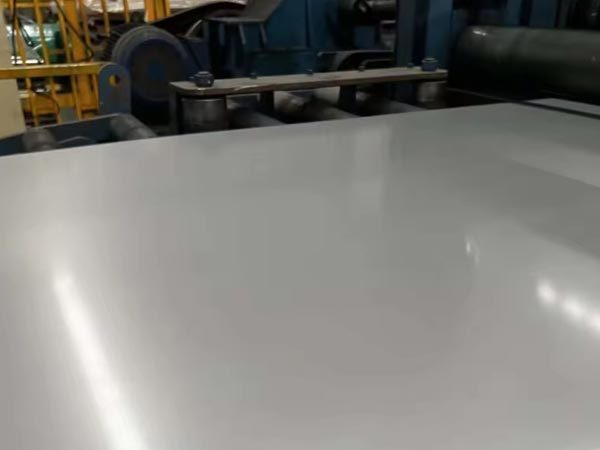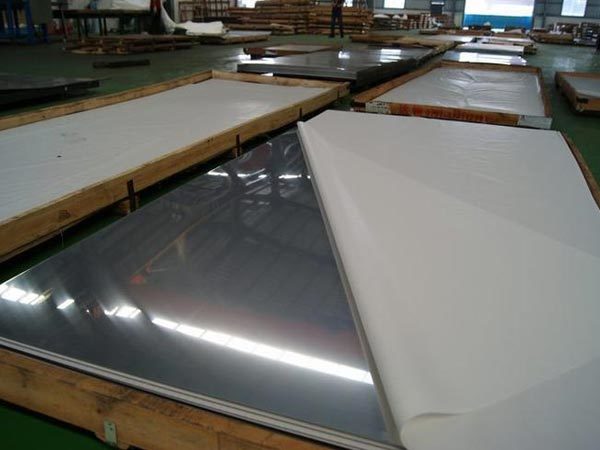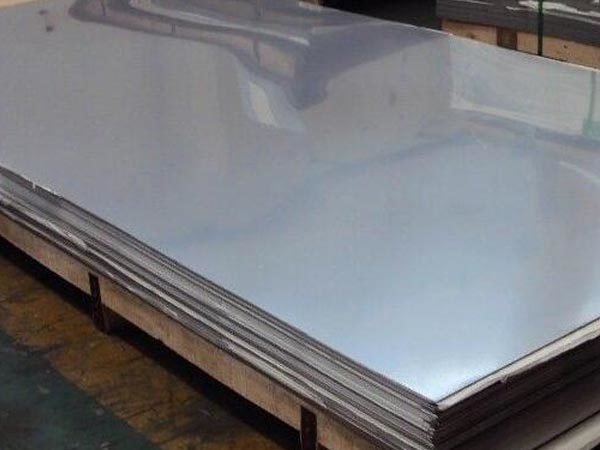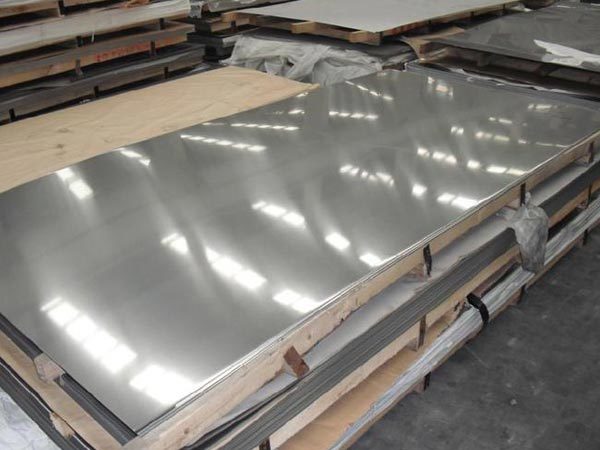PRODUCT CENTER
Hastelloy C-4 is an austenitic low carbon nickel-molybdenum-chromium alloy. The main difference between Hastelloy C-4 and other earlier developed alloys of similar chemical composition is the low carbon, silicon, iron, and tungsten content. Such a chemical composition enables it to exhibit excellent stability at 650-1040°C, improves resistance to intergranular corrosion, and can avoid edge-line corrosion susceptibility and weld heat-affected zone corrosion under appropriate manufacturing conditions.
Hastelloy C is a nickel-chromium-molybdenum alloy known for its exceptional corrosion resistance and high-temperature performance. It offers outstanding resistance to a wide range of corrosive environments, including acids, oxidizing and reducing media, and chloride-containing solutions. Additionally, Hastelloy C exhibits good mechanical properties, such as high strength and toughness, making it suitable for use in harsh chemical processing environments. Its versatility and reliability make it a preferred choice for critical components in industries such as chemical processing, petrochemical, and aerospace.
Hastelloy B-3 alloy is a new member of the family of nickel-molybdenum alloys, which has excellent corrosion resistance to hydrochloric acid at any temperature and concentration. At the same time, it also has good corrosion resistance to sulfuric acid, acetic acid, formic acid, phosphoric acid and other non-oxidizing media. Moreover, due to the adjustment of its chemical composition, its thermal stability has been greatly improved compared to the original Hastelloy B-2 alloy. Hastelloy B-3 alloy has high resistance to pitting corrosion, stress corrosion cracking, knife corrosion and corrosion in the heat affected zone of welding.
Hastelloy B-2 is a solid solution strengthened nickel-molybdenum alloy with remarkable resistance to reducing environments such as hydrogen hydride gas, sulfuric acid, yanoic acid, and phosphoric acid. Molybdenum is the main alloying element that provides outstanding corrosion resistance in reducing environments. This nickel-steel alloy can be used in the welded condition because it resists the formation of grain boundary carbide precipitates in the weld heat-affected zone.
Hastelloy B is a nickel-molybdenum alloy known for its exceptional corrosion resistance and high thermal stability. It offers excellent resistance to a wide range of corrosive environments, including acids, oxidizing and reducing media, and chloride-containing solutions. Additionally, Hastelloy B exhibits good mechanical properties, including high strength and toughness, making it suitable for use in harsh chemical processing environments and elevated temperature applications. Its versatility, combined with its resistance to corrosion and mechanical integrity, makes it a preferred choice for critical components in industries such as chemical processing, petrochemical, and pharmaceutical.









